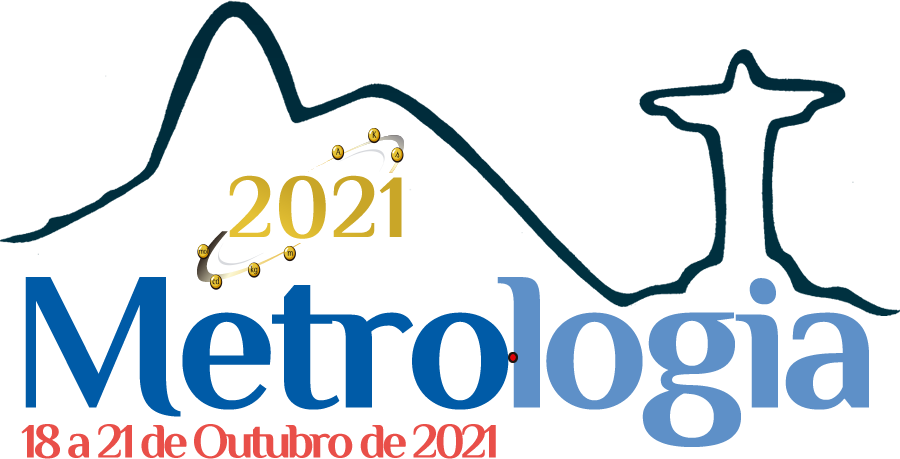ARTIGO
Autores: Daniella Paiva Bonfim, Bruno Cosme, Jailton Carreteiro Damasceno, José Mauro Granjeiro, Fernanda Leve
Resumo:The quantification of biological processes has gained importance in metrology, as its application in diagnosis and personalized therapy has been increasing the demand of the biotechnology sector. Considering that the cell is the microscopic and functional unit of living beings, cell count is critical for the reproducibility of the in vitro study. This work aims to determine the measurement uncertainty and the commutability of the methods of manual cell counting in a Neubauer chamber and automatic cell counting, both image-based and widely used. For this, we used different amounts (1×105 -6×105 ) of HCT-116 cells, a well-established line whose authenticity was confirmed by STR analysis. Initially, we checked if 20 up/down movements, performed with the micropipette, are enough to maintain the homogeneous distribution of cells in the four most outer quadrants of the Neubauer chamber. Then, different amounts of cells (1×105 -6×105 ) were prepared using a balance or calibrated micropipettes, stained with trypan blue (1:1) and counted in an automatic counter or a Neubauer chamber, in quadruplicate. Data analysis was performed using the GraphPad Prism 6 program, and the significance analysis was performed using the one-way ANOVA test, Bonferroni post-test, and simple linear regression. The measurement uncertainty was estimated using the calculations recommended in the ISO GUM. The results show that the homogenization provided an equitable distribution (p>0.05) of cells in the four most outer quadrants of the Neubauer chamber, regardless of the cell concentration used. Manual and automatic counting showed the same linear correlation between the expected cell number and the observed cell number, showing the compatibility of the methods. As a function of the cell concentration analyzed, the measurement uncertainty ranged between 6-18% for automatic counting and between 11-24% for manual counting. However, we observed that the commutativity of the manual and automatic counting methods depends on the dilution preparation method and that only the gravimetric dilution presented commutativity (p>0.05). The results show that performing 20 up/down movements are sufficient to homogenize the samples for counting in quadruplicate in the Neubauer chamber and the automatic counter, that counting in 4 and 9 quadrants are equivalent, that the manual and automatic methods are switchable when the dilutions are prepared by gravimetry and have similar measurement uncertainty, in the range between 6 and 24%. We intend to use these results to validate manual counting methodology and automatic counting of human cells, allowing a possible comparison with other automated methodologies, including flow cytometry and realtime electrical impedance analysis.
